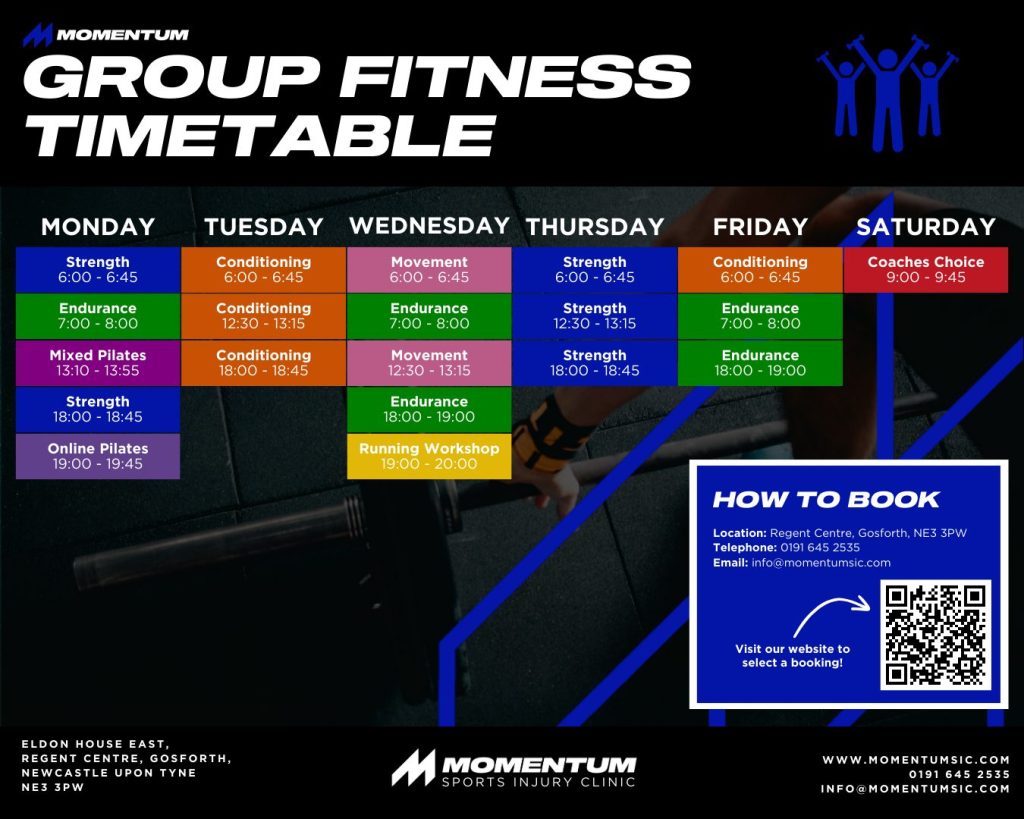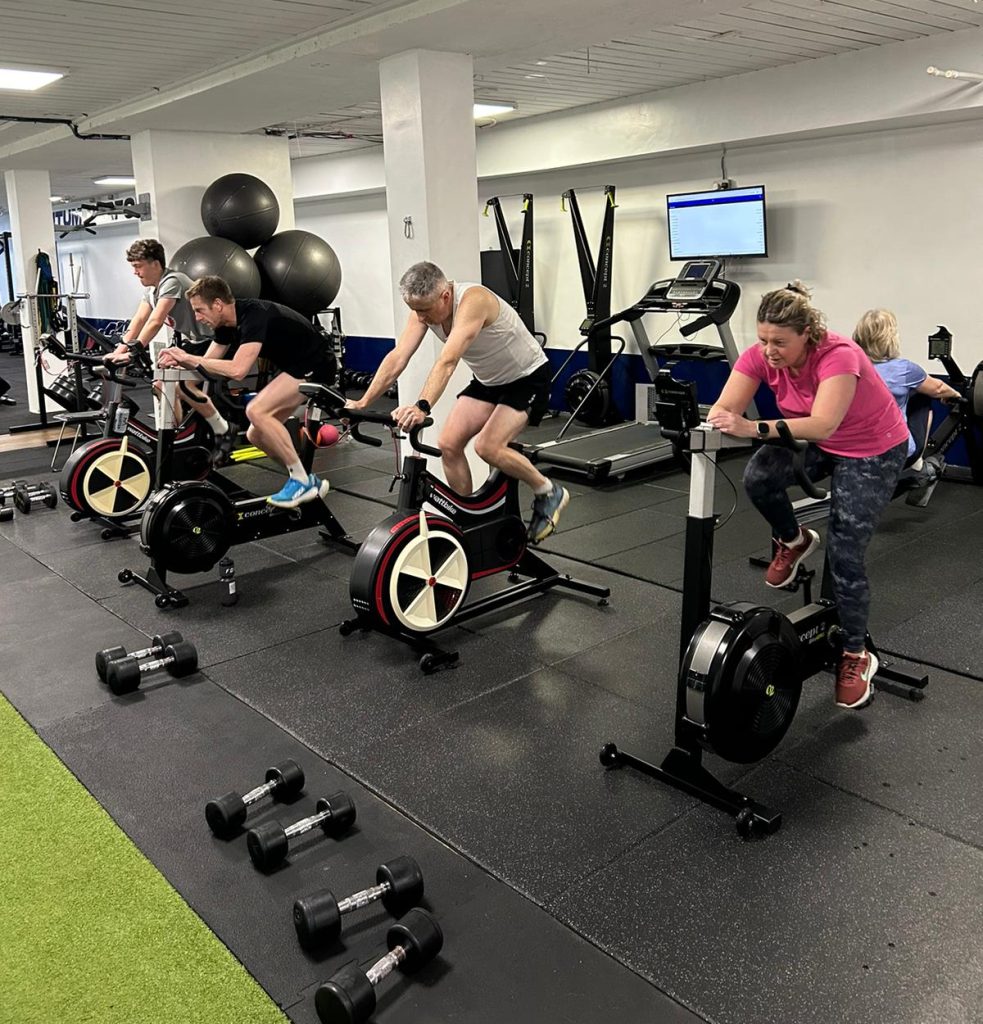While endurance athletes primarily focus on aerobic activities like running, cycling, or swimming. Incorporating strength training into their weeks training can be highly beneficial. Strength training helps improve overall performance, prevent injuries, and enhance muscular endurance. In this blog, we’ll explore the importance of strength training for endurance athletes. We will explain who it is for and how we are incorporating in to what we offer you at Momentum.
Importance of Strength Training
1. Injury Prevention
Strengthening muscles, tendons, and ligaments can help prevent common injuries such as stress fractures, tendonitis, and muscle strains.
2. Improved Efficiency
Stronger muscles can maintain proper form and technique during long races or training sessions, leading to improved efficiency and performance.
3. Enhanced Power and Speed
Incorporating strength training can lead to improvements in sprinting ability and overall speed, which can be crucial during races or when accelerating to pass competitors.
4. Better Endurance
Stronger muscles can delay the onset of fatigue by providing additional support to maintain proper biomechanics throughout the duration of an endurance event.
5. Increased Metabolic Efficiency
Building lean muscle mass through strength training can help improve metabolic efficiency, allowing athletes to sustain higher intensities for longer durations.
Who is it for?
The Momentum Endurance Training sessions are aimed at well trained athletes who want to incorporate strength exercises in to their training in a structured way. They are not ideal for those who are not used to training or just starting out on their fitness journey.
How do the sessions work?
The sessions are planned to be progressive and delivered in a group setting where there is a component of CV work and appropriate strength exercises. These are planned and adaptable and will vary in volume and intensity dependant on the time of year.

How to measure progress
FTP, or Functional Threshold Power, is a crucial metric for cyclists aiming to enhance their performance.
Tracking progress: Monitor changes in your FTP with regular testing which allows you to track your fitness improvements and adjust training accordingly.
Runners have also recently used power, and some modern watches will measure run power. However, it is much more common to use HR, as gains are made, HR would reduce at a given speed/ability increases, to run faster at the same effort.
How Often should you train strength?
This may well change through the year but off season frequency would ideally sit around 2-3 times per week. During race season, this may be modified by reducing the number of sessions. Ideally not completely as it is good to continue to work on control stability and maintain strength.
In conclusion, incorporating a well-rounded strength training program into your routine can significantly benefit endurance athletes by improving performance, preventing injuries, and enhancing overall fitness. By prioritising strength training alongside your aerobic workouts, you can optimize your race performance and achieve your endurance goals more effectively.
At Momentum, you can add strength training through our endurance classes or with a bespoke strength programme with one of our Strength and Conditioning Coaches.
Please get in touch if you have any questions and we would be happy to help.




